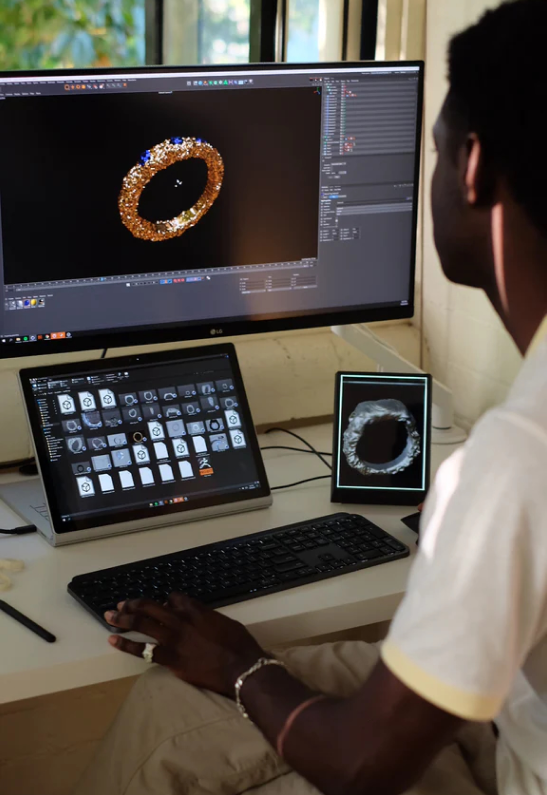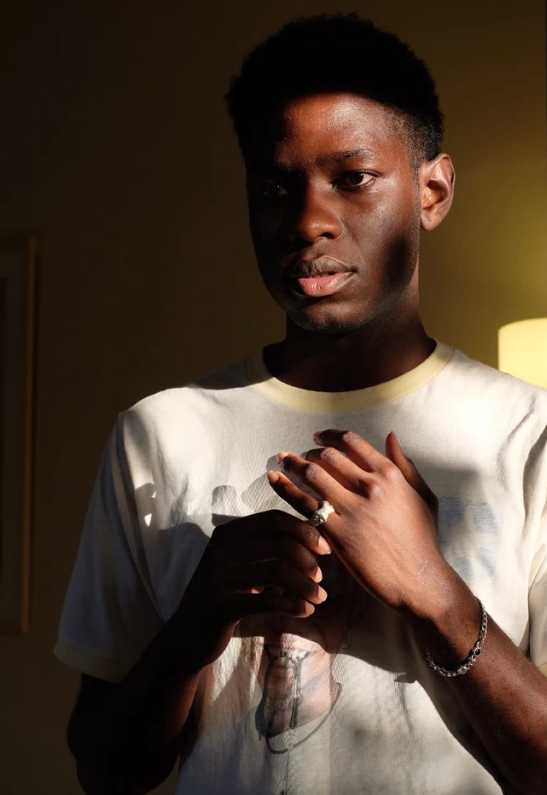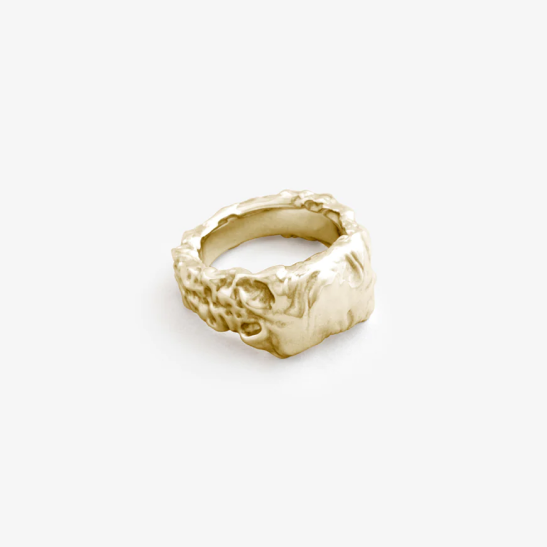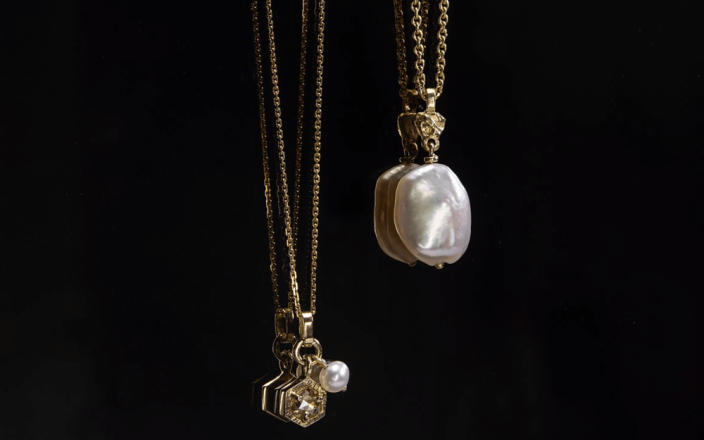Computer-aided design has become a reliable way to cut the costs of manufacturing jewellery and to minimise material waste. It might be for the latter reason that young label Westhill determined to make CAD its primary mode of production and a place to experiment and play. Proudly eco-conscious and made to order in Sydney, it is concerned with the circular economy and the lifetime of jewellery. These social responsibilities are the foundation on which Westhill’s classic sterling silver and gold collections are built.
 Source: Westhill
Source: Westhill
 Source: Westhill
Source: Westhill
Since its inception in 2019, Westhill’s unisex basics have included signet rings, plain bands and chains, and the ridged geometric pieces in their Kyoto collection. The introduction of lab-grown diamonds in 2022 elevated these classics to a level of laid-back luxury that their clientele might find accessible. Westhill is neat and simple in its self-representation—its well-worded brand ethos is as succinct as its visual branding, garnering the trust of a young consumer. From the pared-back geometry of Westhill jewellery to the square partitioning of its website, Westhill is a quintessential millennial’s dream.
Its staple collections comprise mostly timeless designs that, in the spirit of sustainability, will never age. This is not to be mistaken for timidity. Having been founded by industrial designer Steven Burgess, the forming of a “safe haven for experimentation” is not too far out of left field. In 2022, Westhill briefly introduced its experimental design arm, LABS, a space within its brand reserved for creative inter-industrial collaboration. Its first instalment saw a joint project with multidisciplinary digital artist Mikka Byarugaba (of Mikkapedia), who is known for his 3D visualisation work for brands like Vans, Vogue Australia and rapper and singer, Genesis Owusu. It is at the junction of these two creative forces that technology defines aesthetics.

Source: Westhill
Byarugaba doesn’t specialise in jewellery design, but that didn’t hamper exploratory play. The beauty of computer-aided design is the applicability of 3D modelling software to various products and media. Where the Mikkapedia brand is based on the production of digital work and animation, Westhill is well-versed in bridging the gap between a 3D design on a computer and a tangible wearable product. And where geometric CAD programs like Rhino or Matrix are the jewellery industry standard, digital media programs like Cinema 4D allow a more organic method of making. The result of combining the two skill sets and overcoming the challenges of software compatibility is the unique textured forms of the Westhill LABS001/Mikkapedia Skinty and Chonky rings. At first glance, they appear rough and raw, but up close the surface seems to ripple like supple fabric.
Fresh-faced and eager, Westhill is on the threshold of flight. Burgess has done well to maintain the social values that his young clientele yearns for in a jewellery brand. By crossing the short border between industrial design and jewellery design, his strengths lie in expanding design boundaries. More inter-disciplinary experimentation can likely set Westhill on a soaring path of innovation and herald a new generation of jewellery design transformed by technology.


